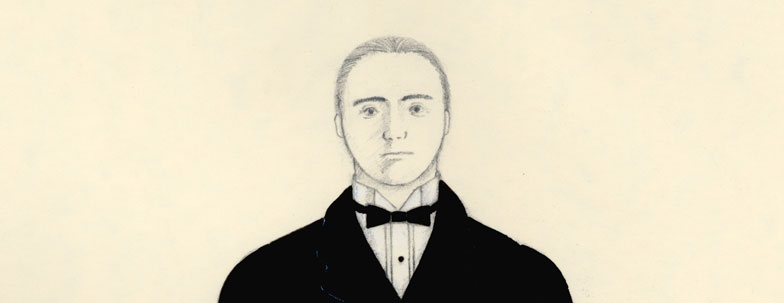The Marriage of Figaro

Composed in 1786, The Marriage of Figaro is one of the most popular operas in repertoire today.
The libretto was based on a play written by Pierre Beaumarchais probably in 1778, but not performed until 1784, only two years before Mozart and Da Ponte collaborated on its musical version.
Beaumarchais’ play carries seeds of the revolution which swept across France beginning in 1789. It destroyed the monarchy as well as the aristocratic structure which supported the monarchy. In Beaumarchais’ play, Figaro who is a servant to Count Almaviva, denounces him for his arrogance in believing that he can take Figaro’s intended for a lover if he so wishes.
“No my count, you will not have her! Just because you are a great nobleman you also think you are a great genius! Nobility, money, rank and position! How proud you are of all that! But what have you done to deserve any of it? You were born, and that’s all!”
At a time, when members of European aristocracy had almost unlimited power to do whatever they pleased, these were brave words! The spirit of revolt against the old power structure was in the air, and Beaumarchais captured it.
When the play opened in Paris, it became a sensation, especially among the aristocracy. Word about it spread across Europe and two years later, Mozart and Da Ponte created their version.
When The Marriage of Figaro premiered in Vienna in 1786, it was performed as a contemporary story. Singers did not wear costumes from another era; they wore what we call today “modern dress”, meaning clothing of today. However, particularly in the 20th century, it became traditional to costume the singers in this opera in late 18th century clothing, such as was worn at the time it was composed.
I first designed The Marriage of Figaro for a production directed by Peter Sellars at the Pepsico Summerfare Festival, in Purchase, New York, in 1988.
I also designed costumes for Mozart’s Don Giovanni and Cosi Fan Tutte, also directed by Peter Sellars and also premiered at Pepsico Summerfare As a result of these productions, in 1989 Peter Sellars was asked to remount all three of them for commercially produced video set (Mozart/DaPonte Cycle). We filmed the operas in Vienna with Wiener Symphoniker and Arnold Schonberg Chorus. The box set was released by London, the Decca Record Company. Ltd. All three operas were broadcast on PBS’ Great Performances program in 1991.
Peter Sellars did not pioneer the contemporizing of period plays and opera. In designing the Mozart/Da Ponte Cycle in contemporary setting, we worked to make the productions as authentic as possible. Is the reason to stage a classic merely to demonstrate how people lived, what they felt and what they wore in another century? Or is it to realize that today we still feel the same? A work of performing art, no matter how ancient, is, by definition, alive; it exists in the present moment. In a recent interview Peter Sellars said: “We are paid as artists to bring into the world some moments of truth. One of the reasons you call something ‘classic’ is that it lives across time and actually accumulates power rather than has power diminish across decades and across generations.” Unquestionably, it was the three operas by Mozart (Don Giovanni, Cosi Fan Tutti, and The Marriage of Figaro), placed in contemporary settings (Harlem, a diner, and the Trump Towers) that brought Peter Sellars and his collaborators world-wide attention. The reaction to these three productions ranged from hostile to incredulous. Our intention has never been to desecrate or to shock, only to present that in which we deeply believe. Today, these three productions are no longer controversial; time and imitation has blunted the scorn.
Today, when watching Peter Sellars The Marriage of Figaro DVD, we recognize that the setting belongs to the 1980s. It is Trump Towers and the Countess is perhaps Ivana Trump, but perhaps not. If we were to do The Marriage of Figaro today, we would not be in Trump Towers; we would be in the 100 million dollar Octagonal Triplex Penthouse in New York City, though in all honesty, it is too kitschy for either the Donald or Count Almaviva.
However, interestingly, Donald himself is still very much in the news and still sounding very much like Mozart’s and Beaumarchais’ Count Almaviva:
“You have to think anyway, so why not think big?”
Why, indeed!
Next production, The Indian Queen.